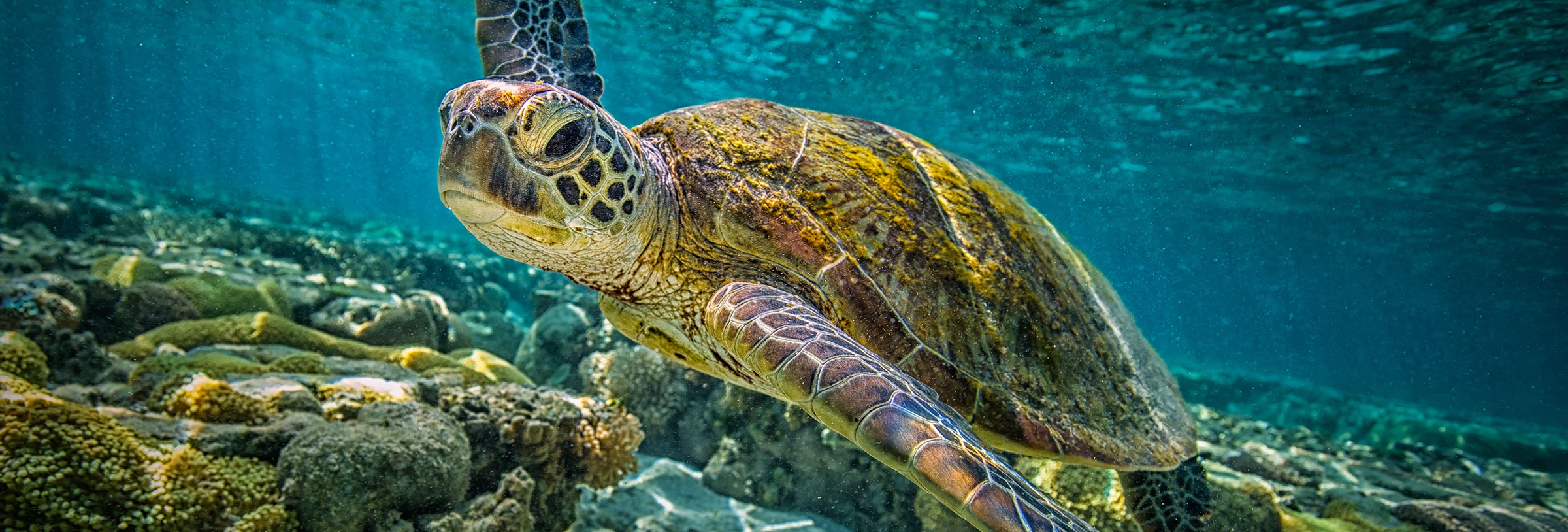On December 15, 2016, the U.S. Fish and Wildlife Service (Service) published a proposed rule to remove the black-capped vireo (Vireo atricapilla) from the list of Endangered and Threatened Species. The Service has concluded that listing is no longer warranted due to the species’ recovery.
The vireo is a small migratory songbird that breeds and nests in south-central Oklahoma, Texas, and the northern states of Mexico, and winters in Mexico’s western coastal states. The species was initially listed as endangered in October 1987 due to various threats, including nest parasitism by brown-headed cowbirds, and loss of habitat due to urbanization, grazing, and removal of vegetation for range improvement. 52 Fed. Reg. 37,420 (Oct. 6, 1987) . The Service completed a five-year status review for the vireo on June 19, 2007, recommending that the vireo be downlisted from endangered to threatened. However, the Service did not downlist the vireo following its 5-year status review. In July of 2012, the Service received a petition to downlist the vireo from endangered to threatened, filed by the Pacific Legal Foundation, Jim Chilton, the New Mexico Cattle Growers’ Association, New Mexico Farm & Livestock Bureau, New Mexico Federal Lands Council, and the Texas Farm Bureau. The Service found that the petition presented substantial information indicating that downlisting was warranted in September of 2013. 78 Fed. Reg. 55,046 (Sept. 9, 2013) . The Service failed to make a timely 12-month finding, and a complaint filed by the Pacific Legal Foundation on behalf of the petitioners on November 20, 2015 sought to compel the Service to make a 12-month finding on the vireo. See New Mexico Cattle Growers’ Association, et al. v. U.S. Department of the Interior, et al., Case No.1:15-cv-01065-PJK-LF (D. N.M.), filed November 20, 2015 .
Since its listing in 1987, the vireo’s population has increased significantly, with the largest increase in population in Val Verde County, Texas. In addition, the increased usage of prescribed burns significantly increased the amount of suitable breeding habitat in Oklahoma and portions of the species’ range in Texas and Mexico. Management programs have also decreased the rate of brood parasitism by brown-headed cowbirds, and eight habitat conservation plans have been implemented addressing incidental take of vireo. Due to the combination of these factors, the Service determined that the vireo has recovered so that it no longer meets the definition of endangered or threatened under the [Endangered Species] Act. The Service will accept comments on the proposed delisting of the vireo for sixty (60) days following publication of its proposed rule.
Nossaman’s Endangered Species Law & Policy blog focuses on news, events, and policies affecting endangered species issues in California and throughout the United States. Topics include listing and critical habitat decisions, conservation and recovery planning, inter-agency consultation, and related developments in law, policy, and science. We also inform readers about regulatory and legislative developments, as well as key court decisions.
Stay Connected
 RSS Feed
RSS Feed
Categories
- Alternative Energy
- Bald and Golden Eagle Protection Act
- Budget
- CEQA
- CESA
- Climate Change
- Congress
- Conservation
- Construction Projects
- Consultation
- Continuing Education
- Court Decisions
- Critical Habitat
- Delisting
- Endangered Species Act
- Event
- Fish & Wildlife Service
- Freedom of Information Act
- Government Administration
- Legal
- Legislation
- Listing
- Litigation
- Migratory Bird
- National Marine Fisheries Service
- NEPA
- Off Shore Wind
- Pacific Northwest
- project
- Publications
- Regulatory Reform
- Sacramento-San Joaquin Delta
- SEPA
- Speaking Engagements
- Supreme Court
- Texas
- Timberland
- Water Issues
